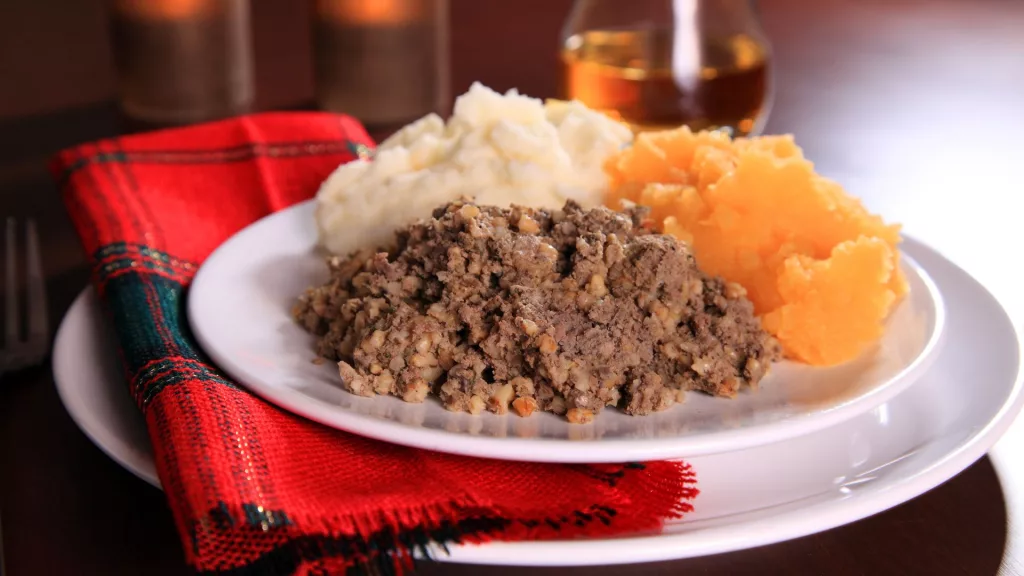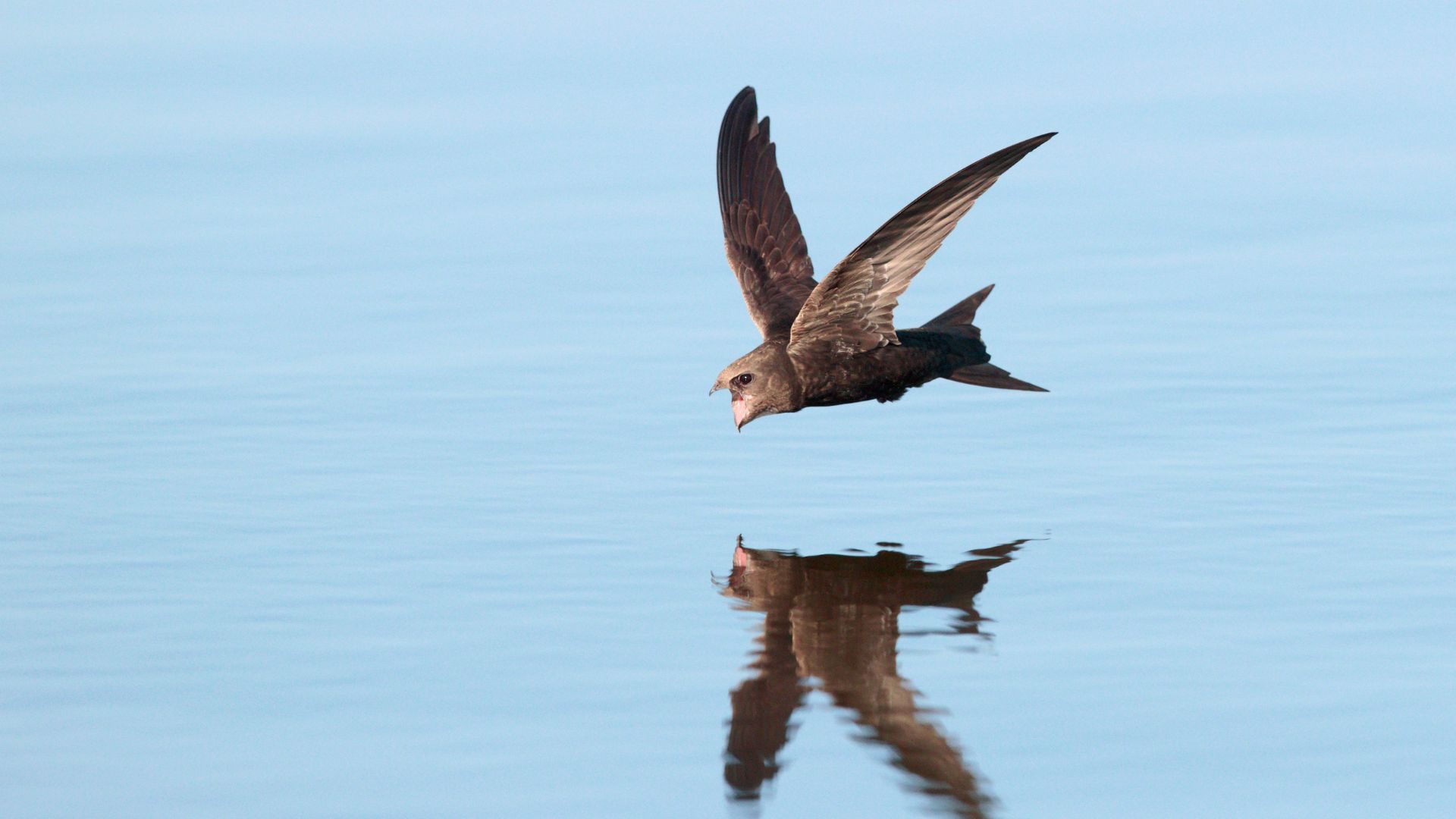Burns Night, a cornerstone of Scottish heritage, commemorates the life and legacy of the poet Robert Burns. Burns is renowned for his contributions to Scottish literature, with works that resonate with themes of love, humanity, and national pride.
Traditionally observed each year on 25th January, Burns Night aligns with the Bard’s birthday, 25th January 1759. This day sees a global celebration, uniting Scots and enthusiasts worldwide in honouring Scotland’s national poet.
Who was Robert Burns?
Robert Burns, affectionately known as Rabbie Burns, stands as Scotland’s most iconic literary figure, often hailed as a storyteller, verse maker and composer. Born in Alloway, Ayrshire, Burns’ upbringing in a farmer’s family significantly influenced his later works. His poetry and songs, rich in Scottish dialect, captured the essence of rural life, love, and universal brotherhood.
Burns’ journey as a poet began in earnest in the mid-1780s, a period marked by political and social change in Scotland. Some of his most famous works include:
Despite his international fame, Burns remained closely tied to his Scottish roots. His writings played a crucial role in the Scottish Romantic Movement and significantly influenced the revival of Scottish Gaelic literature. Burns’ legacy transcends literature; he is revered as a cultural icon in Scotland and beyond.
Why do we celebrate Burns Night?
Burns Night is not just a tribute to Robert Burns, but, a celebration of Scottish culture and heritage. It’s an occasion to reflect on Burns’ profound impact on Scottish literature and identity, bringing communities together through his enduring legacy.
The tradition of Burns Night began shortly after the poet’s death in 1796, with the first Burns Supper held in July 1801 in memoriam by 9 of his closest friends. It was an occasion to honour the memory of a man whose words had profoundly impacted Scottish society. Over the years, this tribute transformed into a nationwide, and eventually global, phenomenon.
How is Burns Night celebrated?
Burns Night is a quintessentially Scottish celebration, marked by a blend of tradition, cultural pride, and communal festivity. At the heart of the celebration is the Burns Supper, an event that has evolved over time, but remains faithful to certain traditional customs. The running order to an evening is as follows:
Piping in the Guests: In larger gatherings, guests are traditionally welcomed by the sound of bagpipes. This sets a ceremonial tone for the evening, paying homage to Scotland’s musical heritage.
The Selkirk Grace: The evening begins with the Selkirk Grace, a short but important prayer that gives thanks before meals, attributed to Burns himself:
Some hae meat and canna eat,
And some wad eat that want it,
But we hae meat and we can eat,
And sae the Lord be thankit.
Piping of the Haggis: The highlight of the supper is the arrival of the haggis, Scotland’s national dish. Guests stand to welcome the main attraction, usually brought in on a silver platter, accompanied by the sound of bagpipes.
Address to a Haggis: One of the most famous rituals of Burns Night involves reciting Burns’ poem “Address to a Haggis.” It’s a lively, theatrical performance, culminating in the ceremonial slicing of the haggis.
Toast to the Haggis: Guests raise a glass and simply shout “THE HAGGIS!”
The Meal:
The meal often starts with a Scottish soup, such as cock-a-leekie (chicken and leek soup) or Cullen skink (a thick Scottish soup made of smoked haddock, potatoes, and onions). Followed by the haggis, traditionally served with neeps and tatties (mashed turnips and potatoes). The feast concludes with a dessert, often Cranachan or Tipsy Laird (Scottish trifle), followed by cheese and biscuits.
Toasts and Recitations: Post-meal, the evening continues with a series of toasts, including the ‘Toast to the Lassies’ and the ‘Reply to the Laddies’, often humorous and lighthearted, reflecting Burns’ own wit. This is also when guests might recite their favourite Burns poems or sing his songs.
Scottish Music and Dancing: Many Burns suppers include a ceilidh (a traditional Scottish gathering) with Scottish music and dancing. This part of the evening is vibrant and lively, reflecting the spirit of communal celebration.
Auld Lang Syne: The night typically concludes with everyone standing, joining hands, and singing “Auld Lang Syne,” one of Burns’ most famous contributions to Scottish culture and global fellowship.

Burns celebrations in Edinburgh
Edinburgh hosts some of the most magnificent and memorable Burns Night celebrations. These festivities not only honour the legacy of Robert Burns but also reflect the city’s rich cultural heritage.
City-Wide Celebrations: Edinburgh comes alive on Burns Night with an array of events spread across the city. From exclusive suppers in Edinburgh Castle to community gatherings in local pubs and restaurants, the city offers a diverse range of celebrations suitable for every taste and budget.
Cultural Events and Performances: Edinburgh’s cultural institutions, like The Scottish Storytelling Centre and The Queen’s Hall, often organize special events for Burns Night. These may include concerts featuring traditional Scottish music, storytelling sessions, and theatrical performances inspired by Burns’ works.
Educational Events and Exhibitions: Museums and galleries in Edinburgh use Burns Night as an opportunity to educate locals and visitors alike about the life and works of Robert Burns. Special exhibitions, workshops, and talks are organised, often featuring rare manuscripts and personal items belonging to Burns.
Whisky Tasting Events: Given Burns’ fondness for whisky, many establishments in Edinburgh host whisky tasting events. These sessions not only offer a taste of Scotland’s national drink but also educate participants about the history and process of whisky making, often drawing parallels with Burns’ era.
Poetry Readings and Literary Tours: The city, known for its literary heritage, offers poetry readings and literary tours that trace the footsteps of Robert Burns in Edinburgh. These tours highlight places Burns visited, lived, and found inspiration, providing a deeper connection to the poet’s life.
Celebrating Burns Night across Asia
Burns Night, while quintessentially Scottish, has found a unique resonance across Asia, demonstrating the global appeal of Robert Burns’ legacy. Asian celebrations of Burns Night blend traditional Scottish customs with local cultural elements, creating a fascinating fusion of East and West.




